Watkins Woolen Mill
A couple days ago, I shared a lovely old historic mansion near Liberty Missouri built by Mr. Waltus Watkins in the mid 19th century. You can see that post about the house HERE.
In 1860, Mr. Watkins built a woolen factory. Having worked in mills in his youth, he was familiar with the business. He built a 3 storey brick building, constructed of bricks made on site, and lumber from his land.
He purchased 50 mill machines from leading manufacturers in the East and had them shipped to his Missouri by rail.
To power his mill, he bought a steam engine and boiler that had formerly been used to power a river steamboat, and had it shipped by river from St. Louis. Soon the mill was taking in wool freshly sheared from sheep.
The wool was sorted and cleaned.
Then it was carded, a process where the woolen fibers were separated making it possible for the wool to be spun into yarn.
At this point, the wool could be dyed if desired. Dyes commonly used at the time included tansy(yellow), black walnut(brown), elderberry(purple), and cochineal, a tiny red insect.
The carded wool was then spun into yarn.
At this point the yarn could be sold as a finished product from the mill store, or woven into cloth in the mill.
At its height, the mill produced knitting yarns, batting for quiltmaking, a dozen different types of cloth, and several kinds of blankets. Some of the wool was milled as a custom process for customers, while some of the products were produced to be sold in the mill store.
At its height, the mill employed 40 workers: 25 men, 10 women, and 5 children. The men and women were highly skilled workers earning good wages for the time, and the children were apprentices learning the mill trade. Days were 10 or 11 hours long, and if the there was a heavy workload, the employees worked 7 days a week.
The mill was very noisy, and in summer very hot. Wool worked best in hot humid conditions, so while the mill was shut down for a couple months each winter, during the summer months the windows were kept closed, even on the hottest days. To deliberately increase humidity, steam pipes released steam throughout the factory adding to the already unbearably hot working conditions. Forty to sixty thousand pounds of wool were processed each year in the mill.
In the mid 1860s, a grist mill was set up on the ground floor of the mill.
Customers could bring in their grain to be milled into flour or cornmeal.
The woolen mill was profitable through the 1860s and 70s, but in the mid 1880s, as ready-made clothing became available on the market, the mill began to fail. After a long illness, Mr. Watkins died in 1884. Three of his sons continued to operate the mill, but due to a dwindling market, production was cut back until finally the mill was closed in 1898.
The Watkins family continued to live on and operate the farm until 1945 when it was sold to a Texas Rancher, Henry Frass. His family lived in the house and tried to preserve the mill.
Unlike other mills throughout the country that were scrapped out and their machinery sold after closing, the Watkins mill was never parted out.
The door was closed and mill left to sit as is.
In 1958, the property was sold again, this time at auction. A group of men interested in preserving the mill and house purchased the property, and the mill was operated as a museum for several years.
In 1964, the property was sold again, but this time to the State of Missouri. It was declared a state historic site.
At one time there were more than 2,400 woolen mills in the United States, but today, Watkins Woolen Mill is the only one remainingwith its original machinery still in place.
For more information about the Watkins Woolen Mill Historic site, you may visit their official website HERE.
~~~~~~~~~~~~~~~~~~~~~

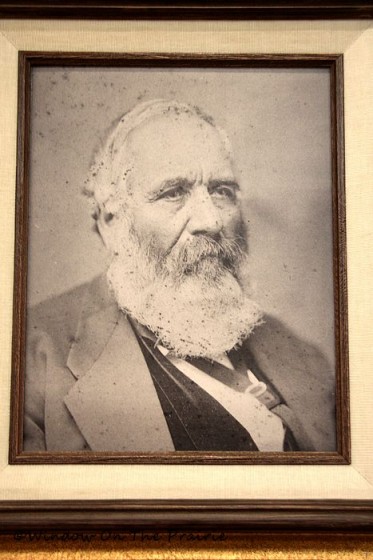
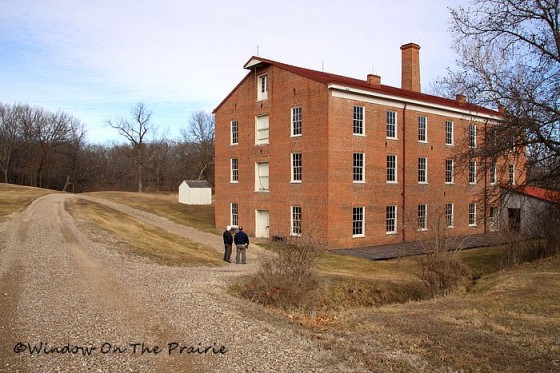
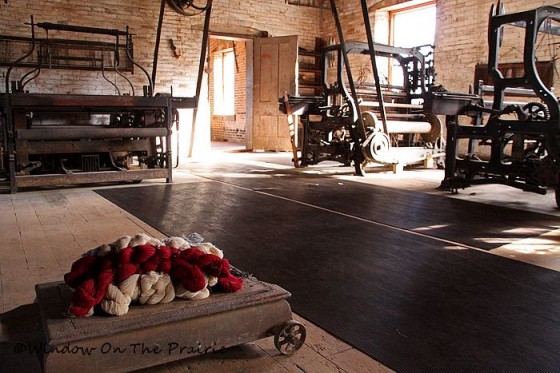
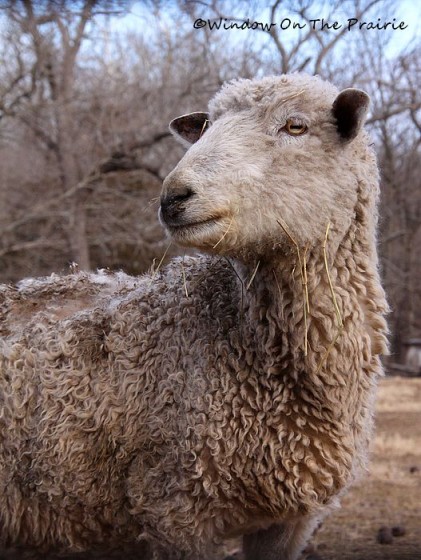
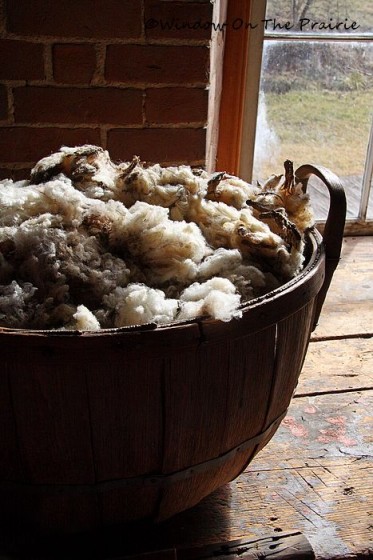
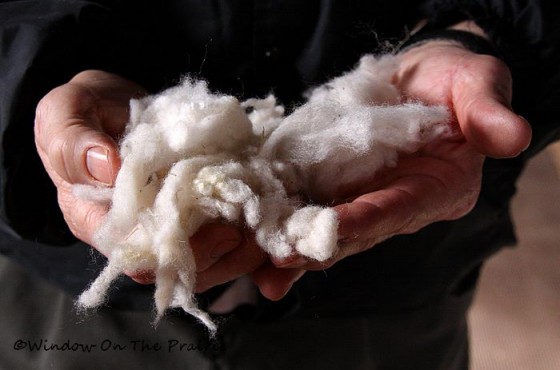
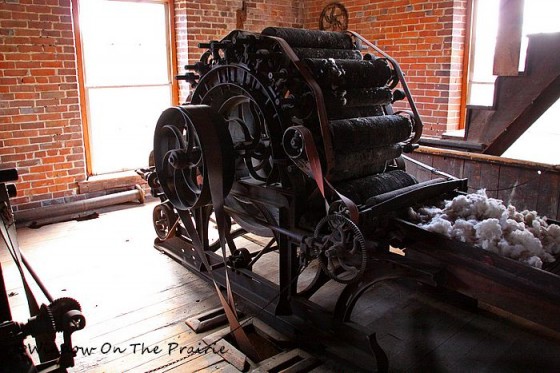
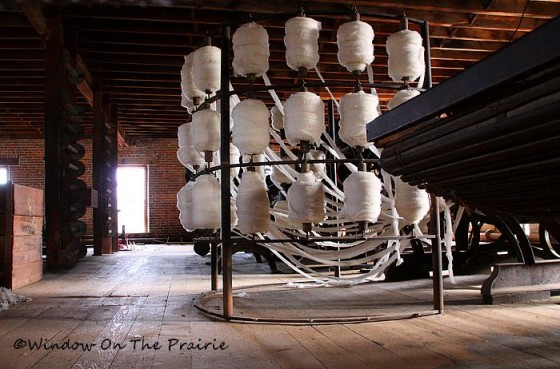
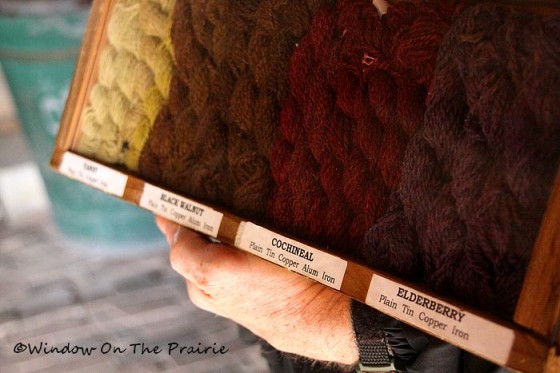
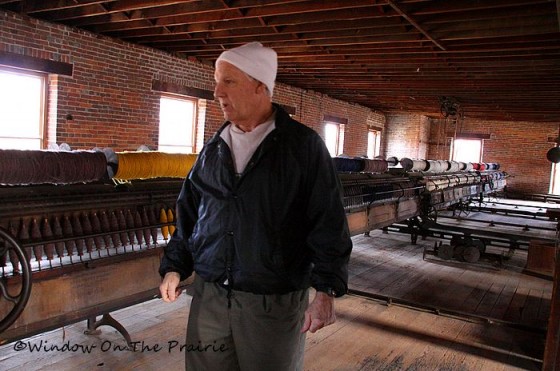
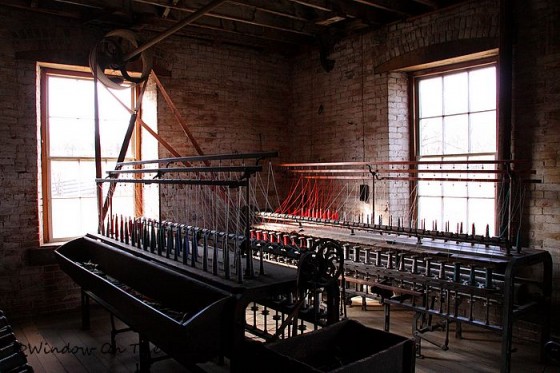
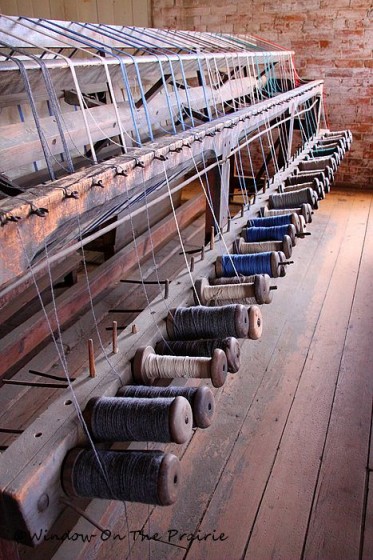
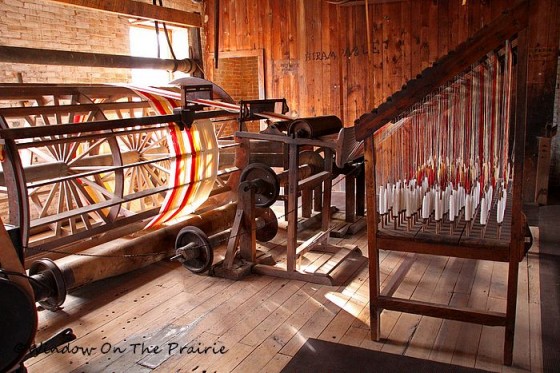
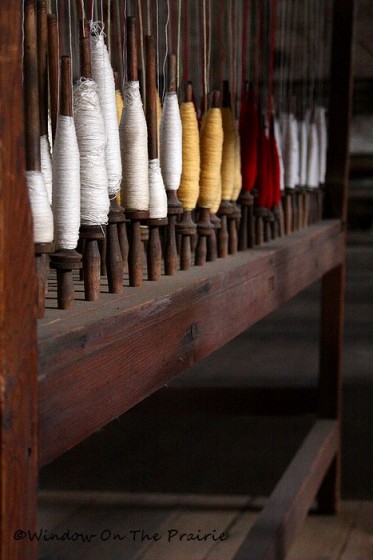
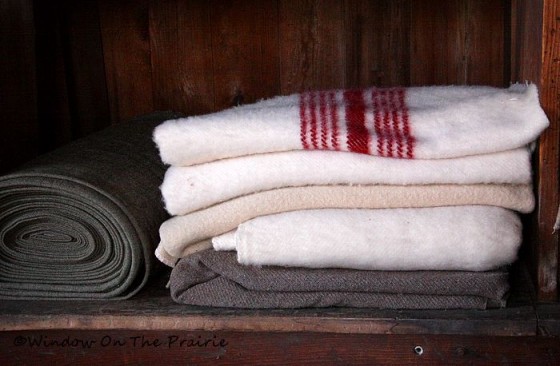
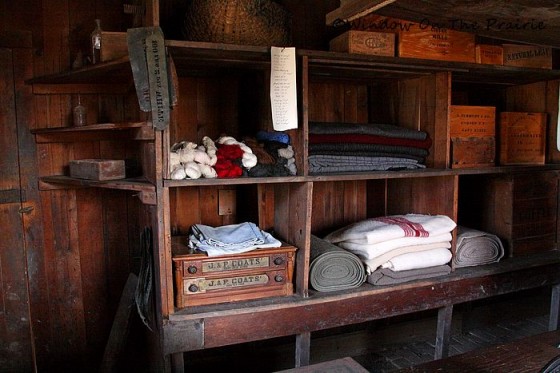
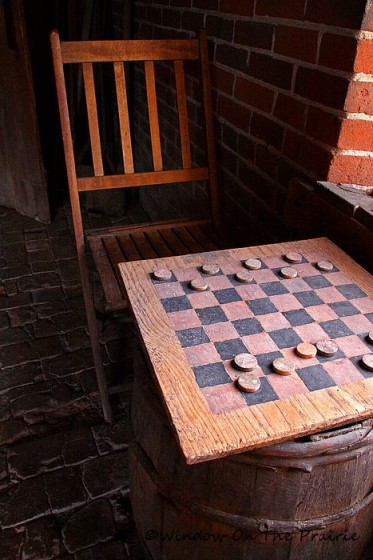
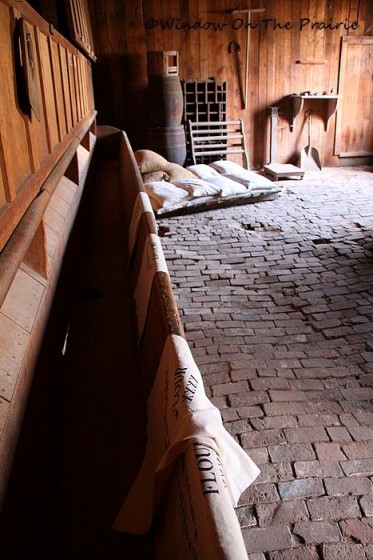
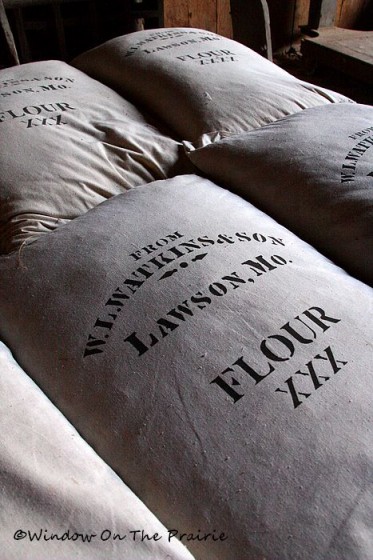
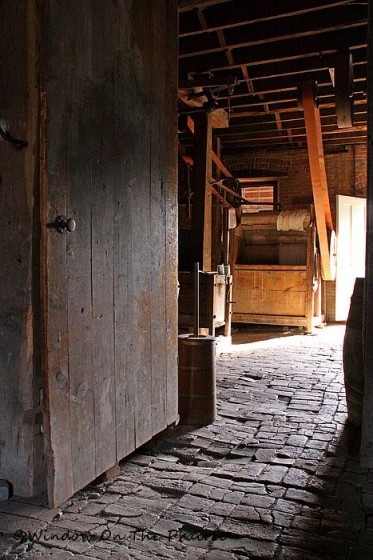
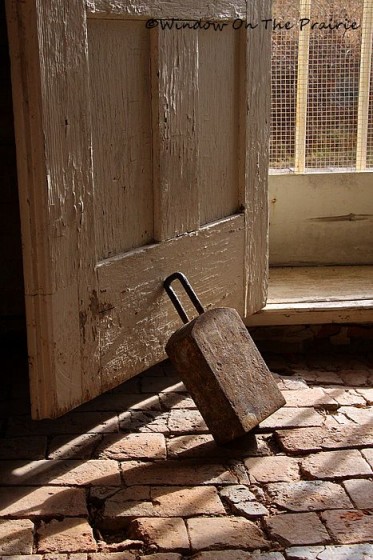
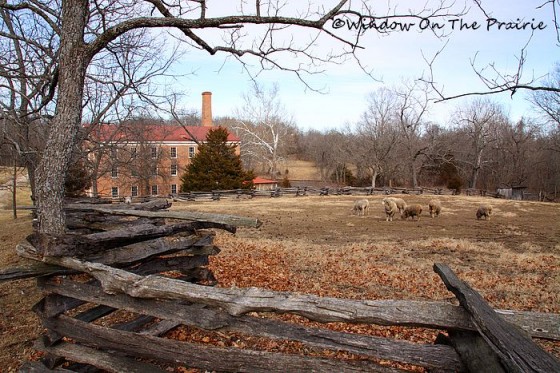
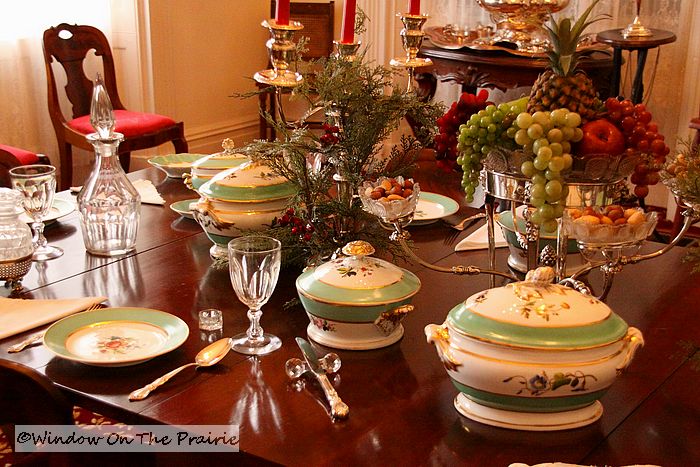

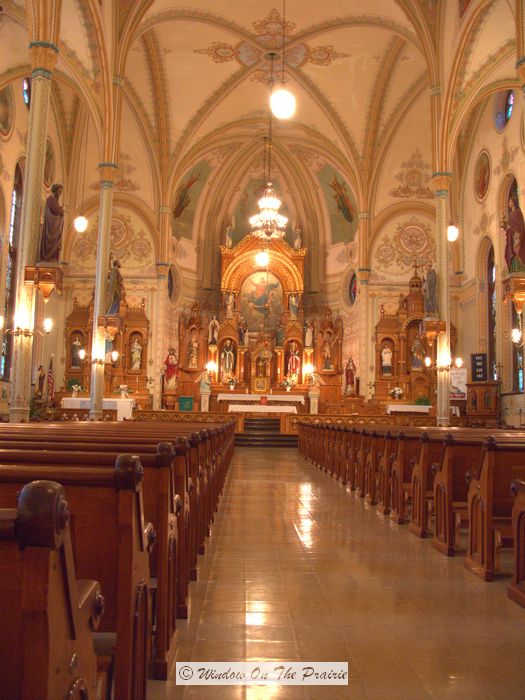
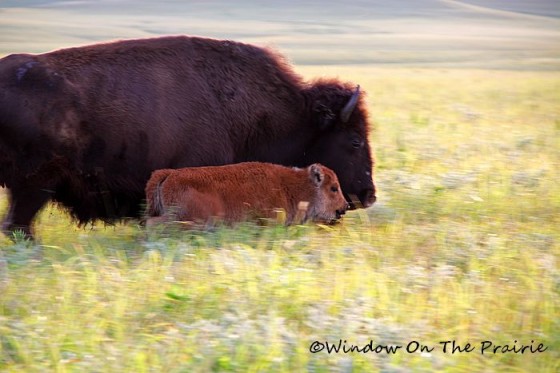
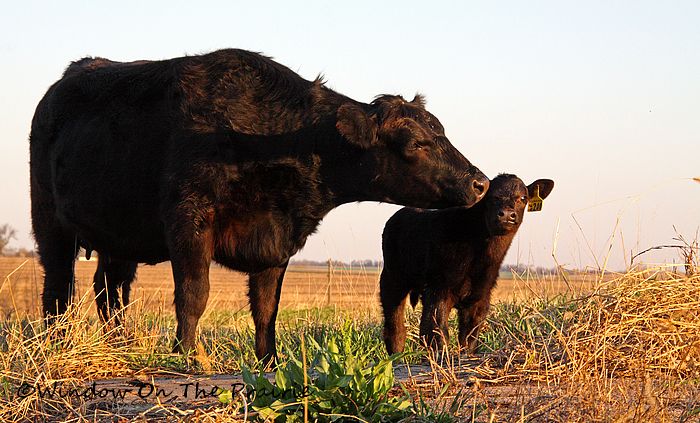


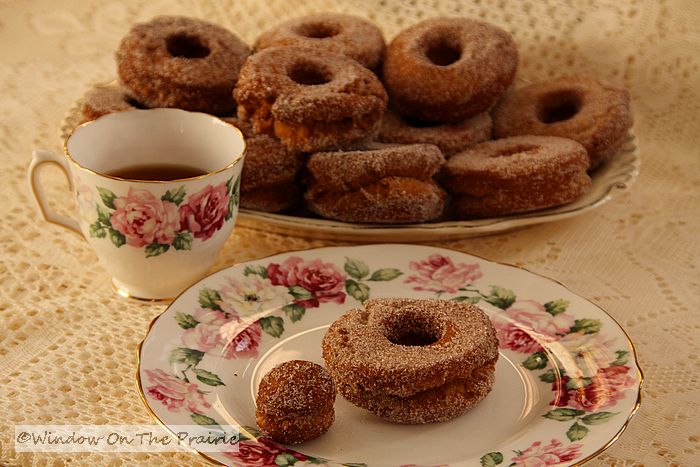
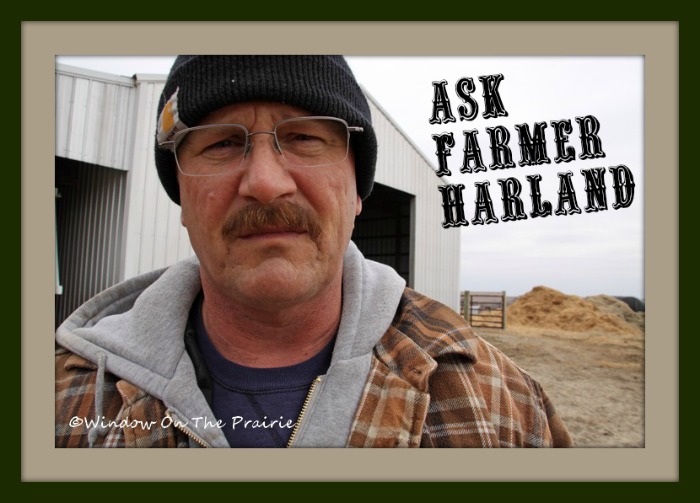



Fascinating Suzanne! How wonderful that the State of Missouri could purchase this site and keep it open for the public to learn about our past.
Love hearing about our past! Very fascinating.
Very, very, very cool. I love it. I am so happy they left it intact. I would love to get my hands on some yarn from there. It is fun to get a craft to do associated with a trip taken I think.
You always have the most interesting post. Dang girl, you know more about Missouri than I do. I’m from more central and NE. Isn’t it wonderful that all the machinery was left in place! So cool!
My family and I visited Watkin’s Mill when I was a child. How nice to “see” it again.
Very very cool mill. And great to see it so original
All I can think about are those unconscionable working conditions in the summer. I wonder how many employees they lost every summer season.
I love those old floors! And I just have to tell you…today I’m baking your molasses and oatmeal bread. It is SOOOO good! 🙂
I always learn something from you. How wonderful that all the equipment is still in the building – so glad about that. Would love to visit there one day.
A very special place, and you captured it beautifully.
Well, I think this is one of my very favorite posts that you’ve done! If you could understand my love and appreciation for e.v.e.r.y.t.h.i.n.g. in this mill: the uneven brick floor, the heavy weight door prop the basket full of wool, the wooden spindles, the cracking peeling paint, the old wooden doors, the big wooden machinery…need I go on?! I know you appreciate this stuff as much as I do. This would be the type of place that I would LOVE to visit! I could even seriously live in this place and not change a single thing. I love it just the way it is! I can’t wait to show my hubby this post tonight…he will equally love it..he has such an appreciation for stuff like this. Thank you so much for sharing this experience!!!
P.S. I’m sorry I haven’t been to your blog lately…for the whole month of February, my little family decided to take a sabbatical from the internet, (unless we needed to look up something important) video games (my kids), TV, IPOD…stuff like that. I still posted a couple things on my blog to keep up, and my hubby and I still checked our emails…but that’s it…so anyhow…I am back for a little bit here and there…I’ll still be posting on my blog and checking out other’s blogs, but in moderation!! It was time to get back to face to face interaction, playing board games by the fire, reading, playing outside..stuff like that! 🙂